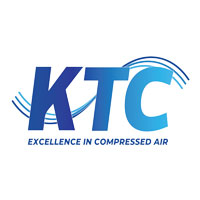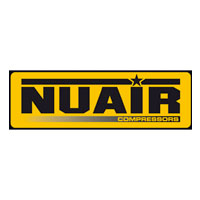

Fiac AB 100/415
Compressor 3 HP Made in Italy
410 Liters per minute
10 bar - 410 L/min
Serbatoio 100 L
An air compressor is a machine designed to compress ambient air or other gases, increasing their pressure and reducing their volume. This compressed air can be used in a wide range of industrial, commercial, and domestic applications. Air compressors are widely employed to power pneumatic equipment such as tools, machinery, control and automation systems, as well as for inflating tires, powering air conditioning systems, and much more. They are available in various sizes and configurations, with different pressure capacities and airflow rates to suit specific application needs.
This guide will list the main differences between the various types of air compressors available on the market to help you choose the best professional, semi-professional, or industrial air compressor to purchase.
The transmission in an air compressor refers to the mechanism used to transfer driving energy from the main engine to the compression unit that compresses the air. This transmission is necessary so that the engine can provide the power needed to operate the compressor.

Screw compressors and piston compressors differ in their operating principles and are suitable for different applications.

When choosing the most suitable compressor for professional, semi-professional, or industrial use, depending on your needs, it is essential to analyze three main features: air pressure, airflow, and compressor power.


Among these, it's important to pay special attention to:




















